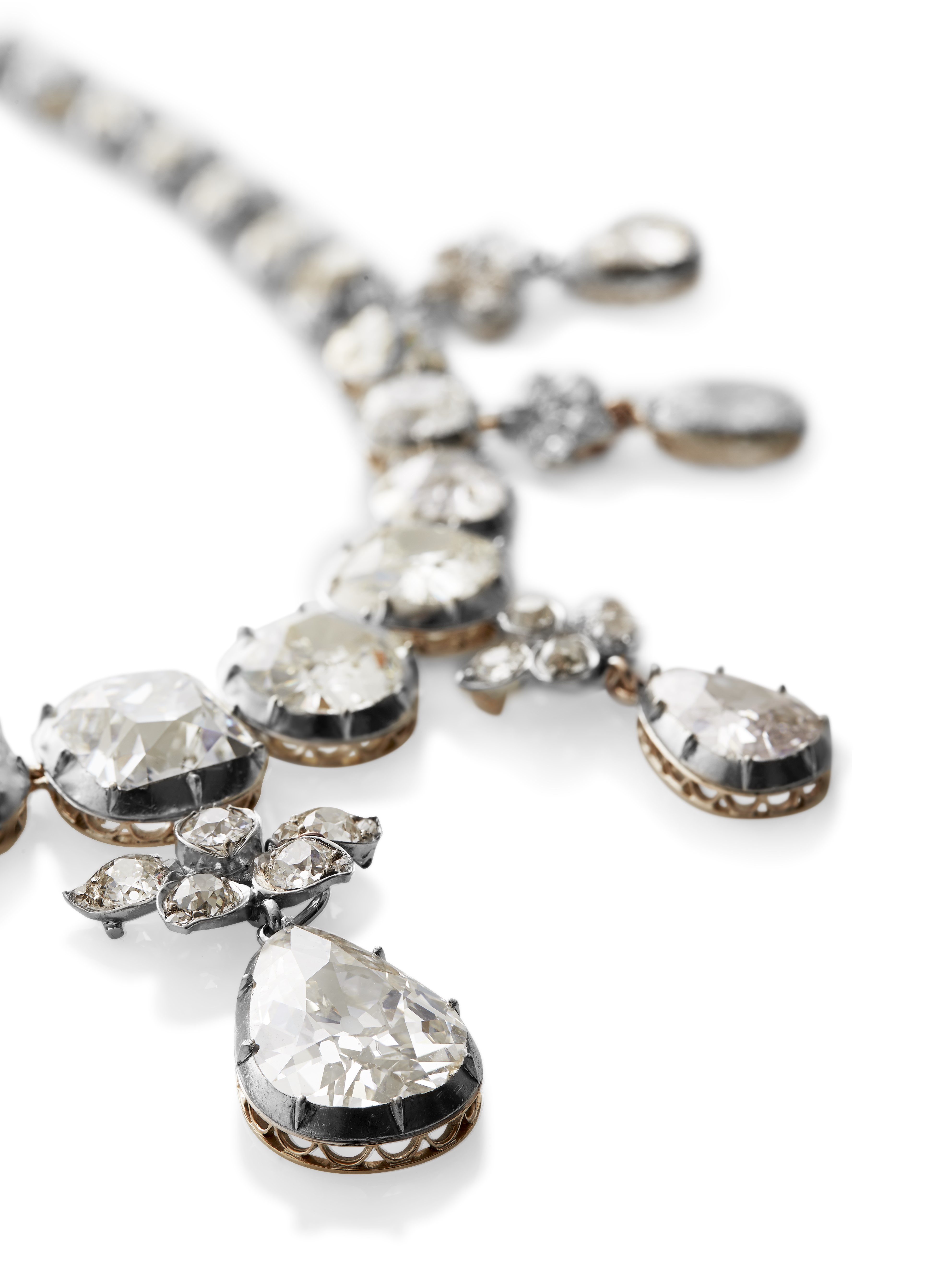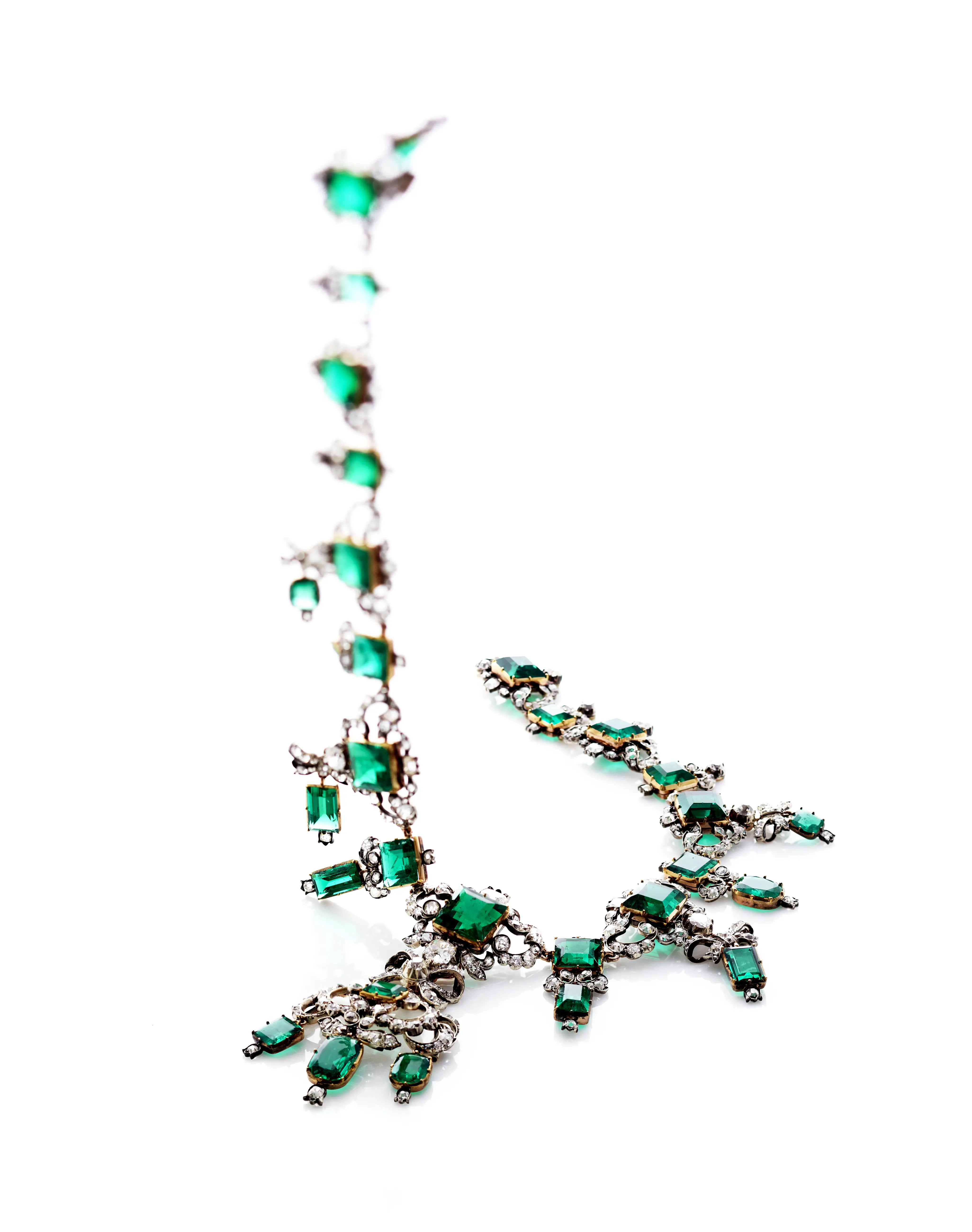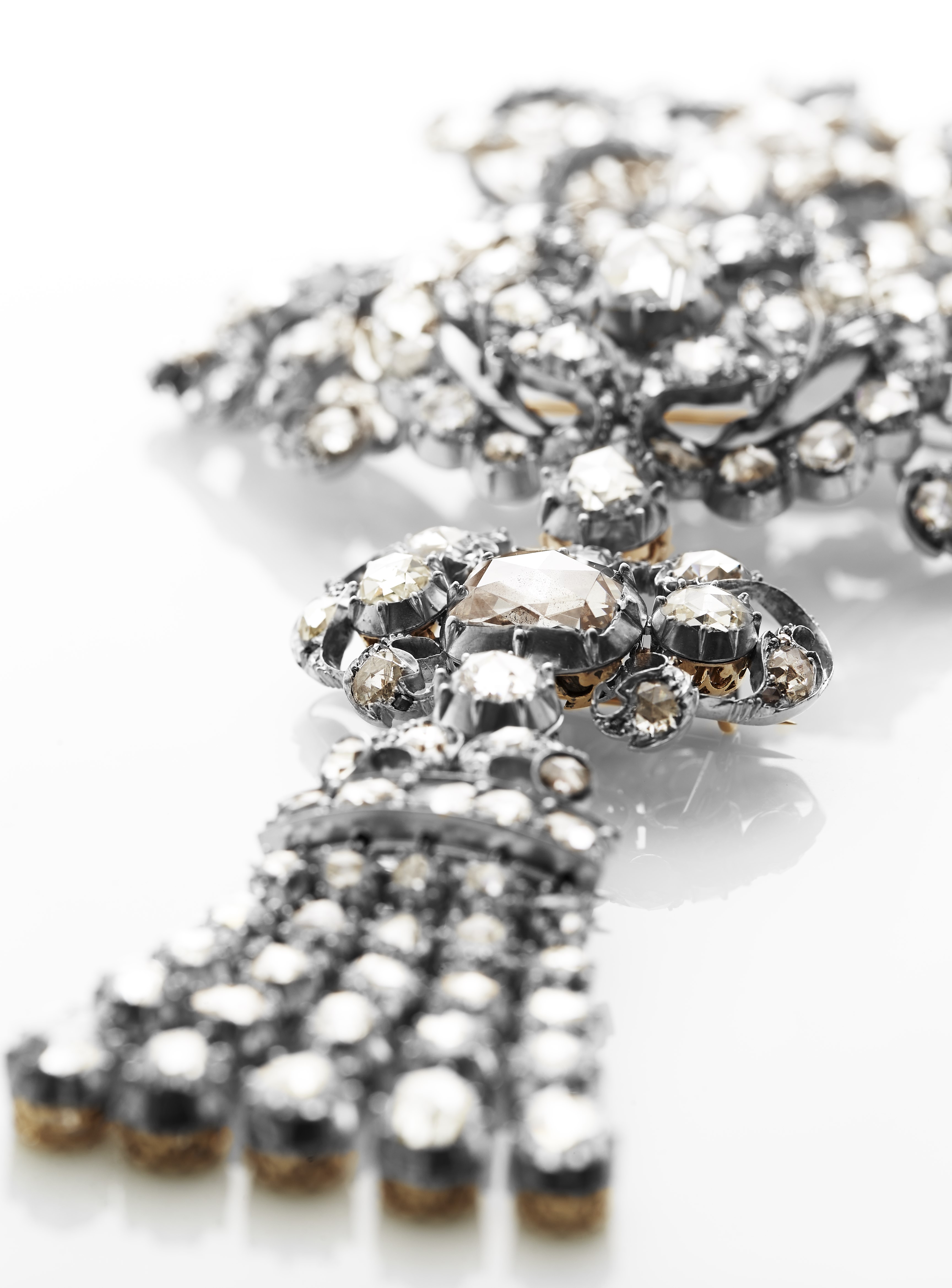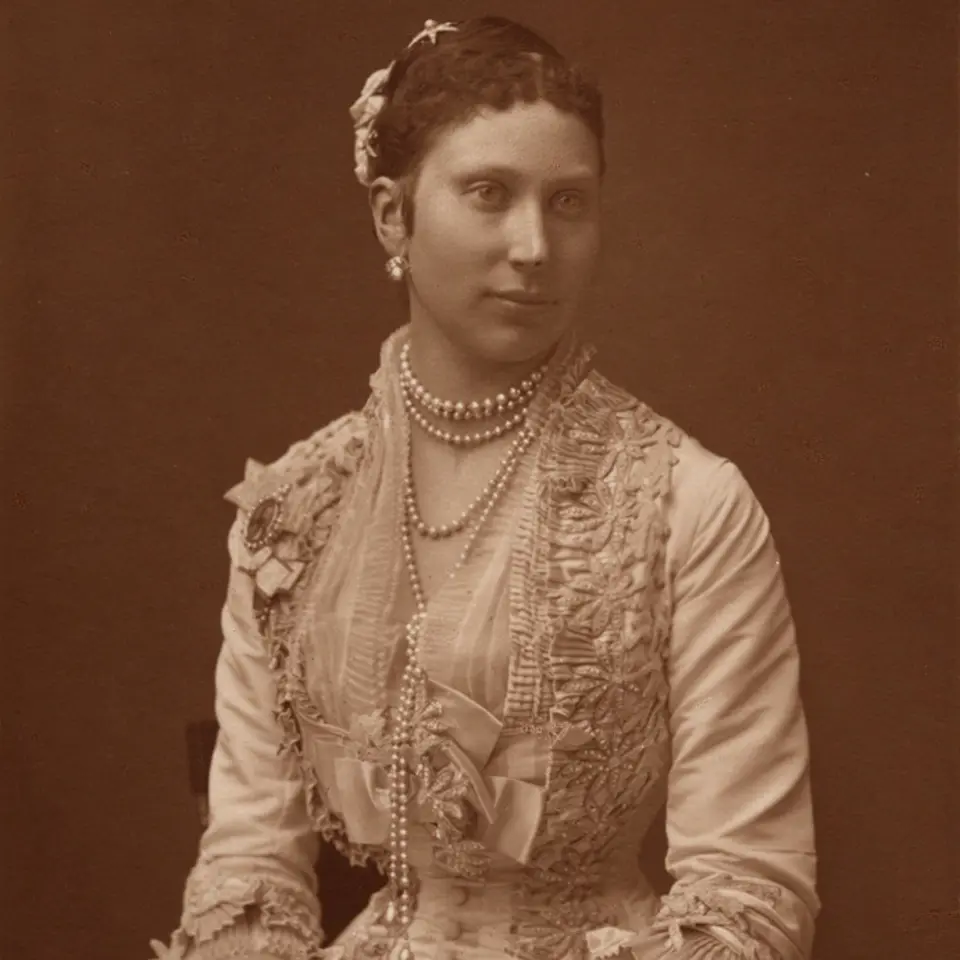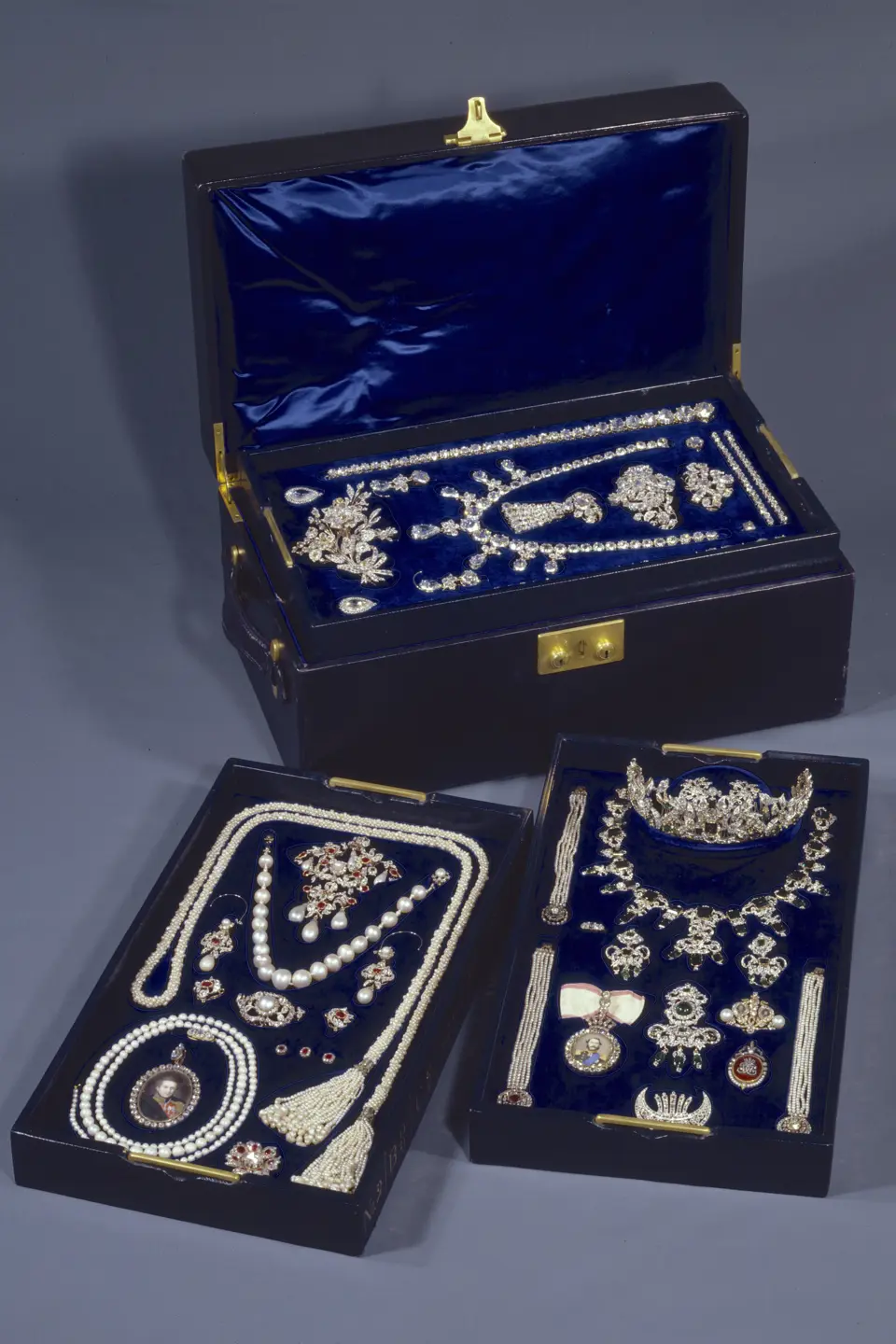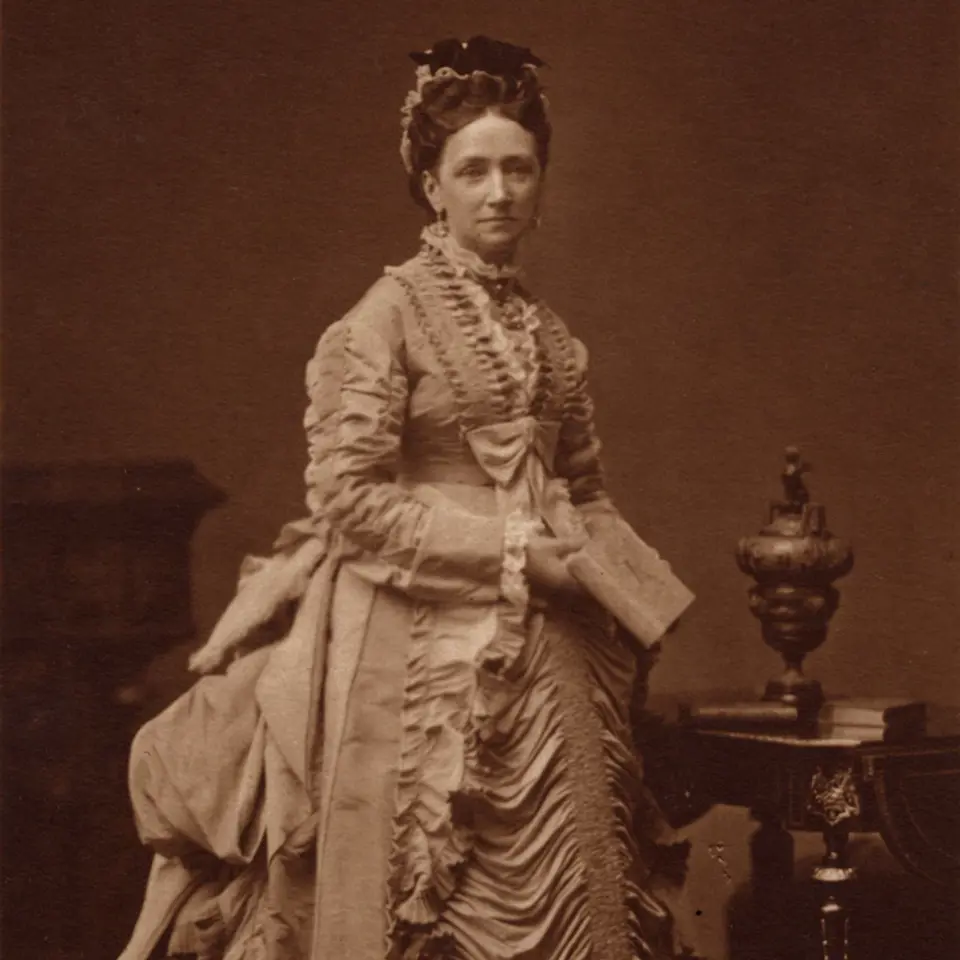The Danish crown jewels
The Danish crown jewels are the only crown jewels in the world that are both on display as museum artefacts and worn by the country's sitting queen. Here, you can take a close look at the beautiful crown jewels and explore their fascinating history.
Crown jewels in use
The Danish crown jewels are the only crown jewels in the world that are both on display as museum artefacts and worn by the country's sitting queen. They have been worn by generations of Danish queens and have been adapted to the changing fashions of the times.
Tradition dictates that the crown jewels are only used by the sitting queen and only within the country's borders. They are typically worn a few times a year. Today, the jewels can be worn by HM Queen Mary. The Queen wears the jewels at special events that call for gala attire. Thus, the crown jewels at Rosenborg Castle can not only be seen in the Treasury year-round but also when the Royal House represents Denmark on special occasions.
-
It all began with a grieving widow ...
When Christian VI died, in 1746, his widow, Queen Sophie Magdalene, believed she would soon die of grief, so she wrote her last will and testament.
-
Jewels close to the crown
In her will, she decreed that her jewellery should not go to any specific person but should always remain 'with the crown'.
-
Crown jewels for the future queens
In this way, there would always be magnificent jewellery available for the sitting queen. Clever, right?
Fashions change, and so do crown jewels
Most of Queen Sophie Magdalene's original jewellery has since been altered to keep up with changing fashions.
The crown jewels took their current form under Queen Caroline Amalie, who had them altered by the goldsmith C. M. Weishaupt & Söhne, Hanau in Hessen, between 1840 and 1842.
She arranged the collection of precious stones into the four current sets according to the fashion that had become (and has remained) the standard for large jewellery sets since the Napoleonic Empire around 1800.
